Back in 2021, Scott Stokdyk covered the visual effects behind Finch. This time, he’s here to delve into the live-action version of the acclaimed video game Borderlands.
How did you get involved on Borderlands?
I got a call during the end of principal photography to fill in for a VFX Supervisor who had left the show
How was the collaboration with Director Eli Roth?
It was great – I think directors who have distinguished themselves in the Horror genre have a great handle on visual storytelling (i.e. Sam Raimi, Peter Jackson, etc…), and I was able to pretty quickly get in alignment with Eli’s ideas. His acting background also came in incredibly useful when he was giving Claptrap animation comments (or when we video recorded him acting out some of the performances).
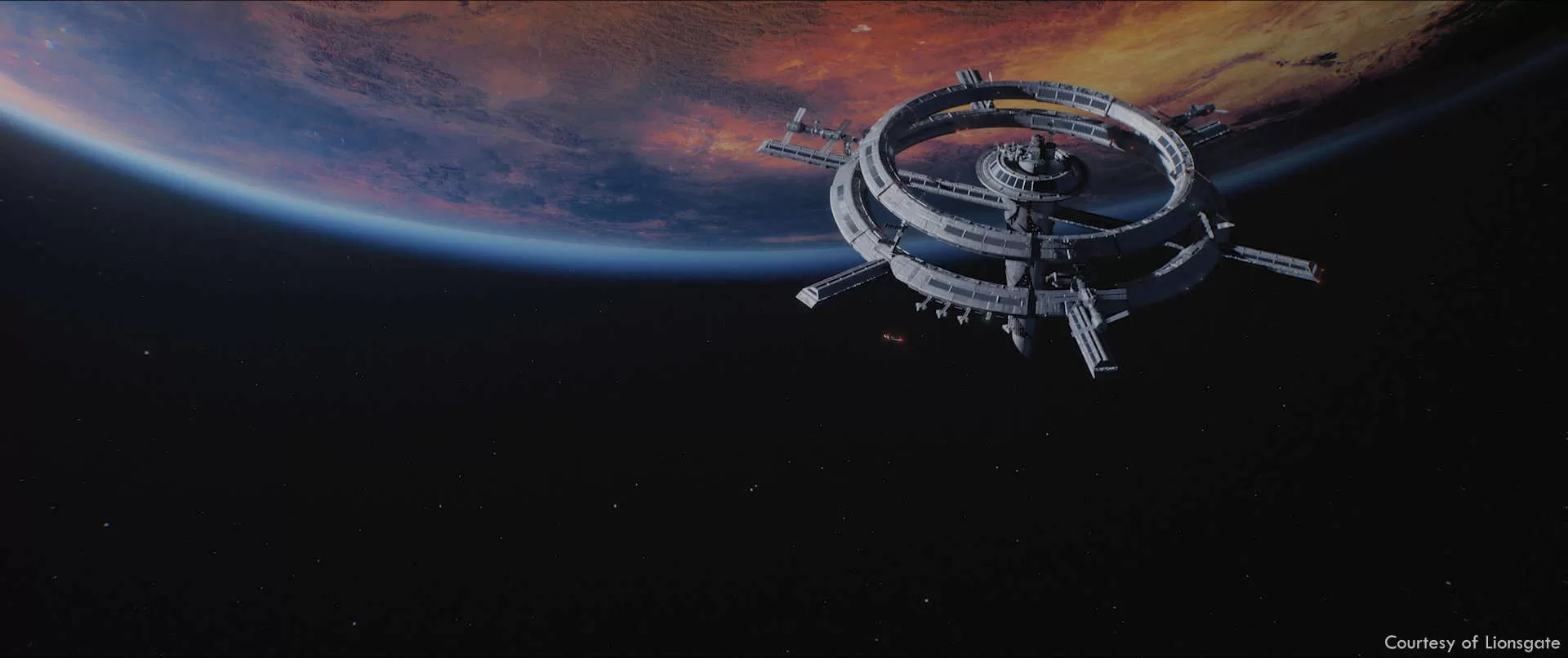
How did you organize the work with your Producer?
Deven LeTendre was incredibly organized & had setup so many things on the show before I even started – I inherited and benefitted from all her pre-production prep. I think we both relied on our skills of flexibility & resilience as things changed during post-production, because the work had to be re-organized several times.
How did you choose the various vendors and split the work amongst them?
Again, most of this was setup before I started, but I was incredibly happy to immediately jump in and work with the team from Framestore Australia (formerly Method) for a lot of the early development (Claptrap, Firehawk)… other previously contracted VFX vendors onboarded as sequences were turned over & development ramped up.
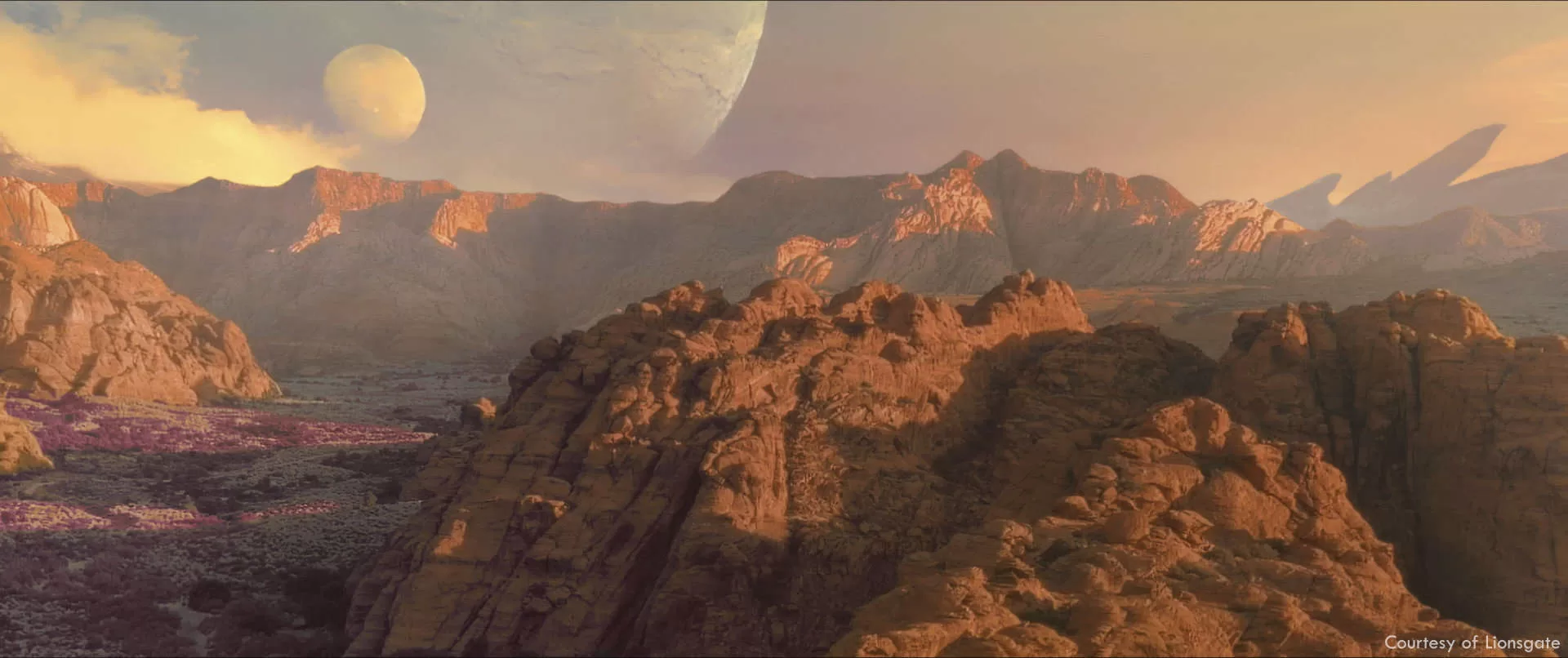
What is the your role on set and how do you work with other departments?
Since I came to the project at the end of shooting, I had limited sway over the methodology, and just helped guide the last VFX shots & elements. Probably the biggest shooting influence I had was to advocate for shooting real stunt cars for the big chase scene. I think that stunt drivers in real cars give something that is hard to synthesize in CG.
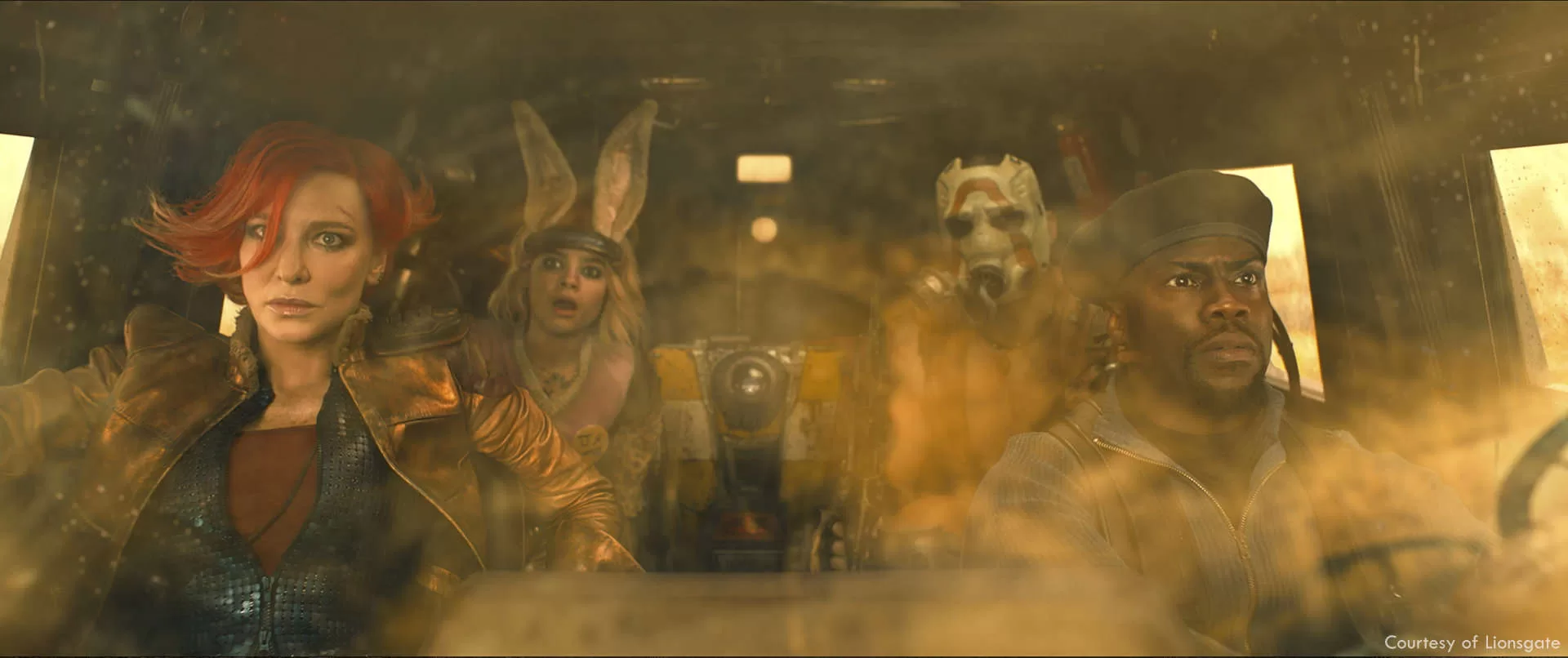
How did you approach the visual design of Pandora to stay true to the game’s aesthetic?
The producer Avi Arad had an extensive library of artwork from the game… and we had tons of support from Gearbox as well, with assets & style guides. One of the clever things they did in the games was to be efficient about reusing assets in different visual ways… for example, they might have tires stacked in many unique weird ways, to create complex sculptures out of a relatively simpler asset. My directive to the VFX teams was to imagine that a psycho had set-decorated the world, and run with that…
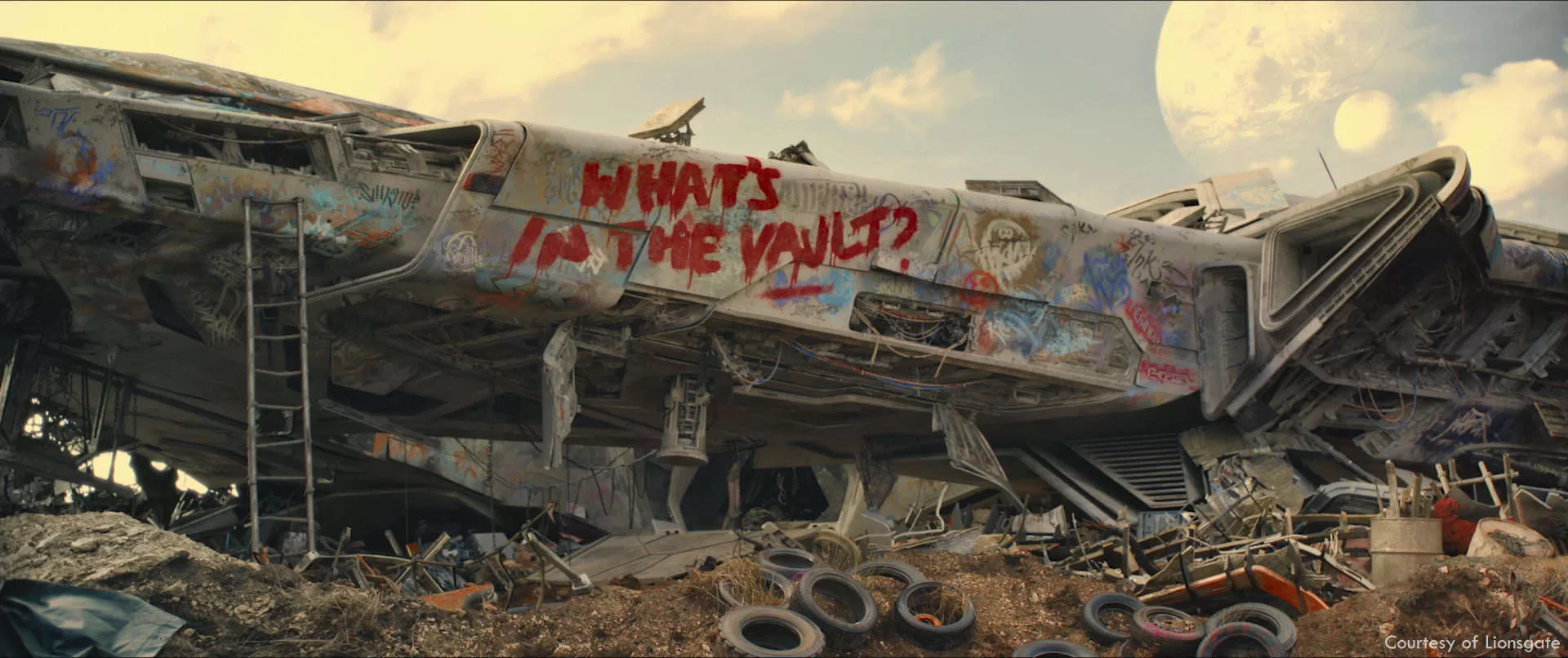
What challenges did you face in translating the unique art style of Borderlands into a live-action format?
The advantage that a first-person game has is being able to art direct to a fixed lens, and to fill mid-ground with architecture that works compositionally across a wide number of positions… in our cinematic universe, we had to art-direct to a wider variety of framings & setups, and work with what was already filmed, so we didn’t have the same amount of artistic control in VFX in post.
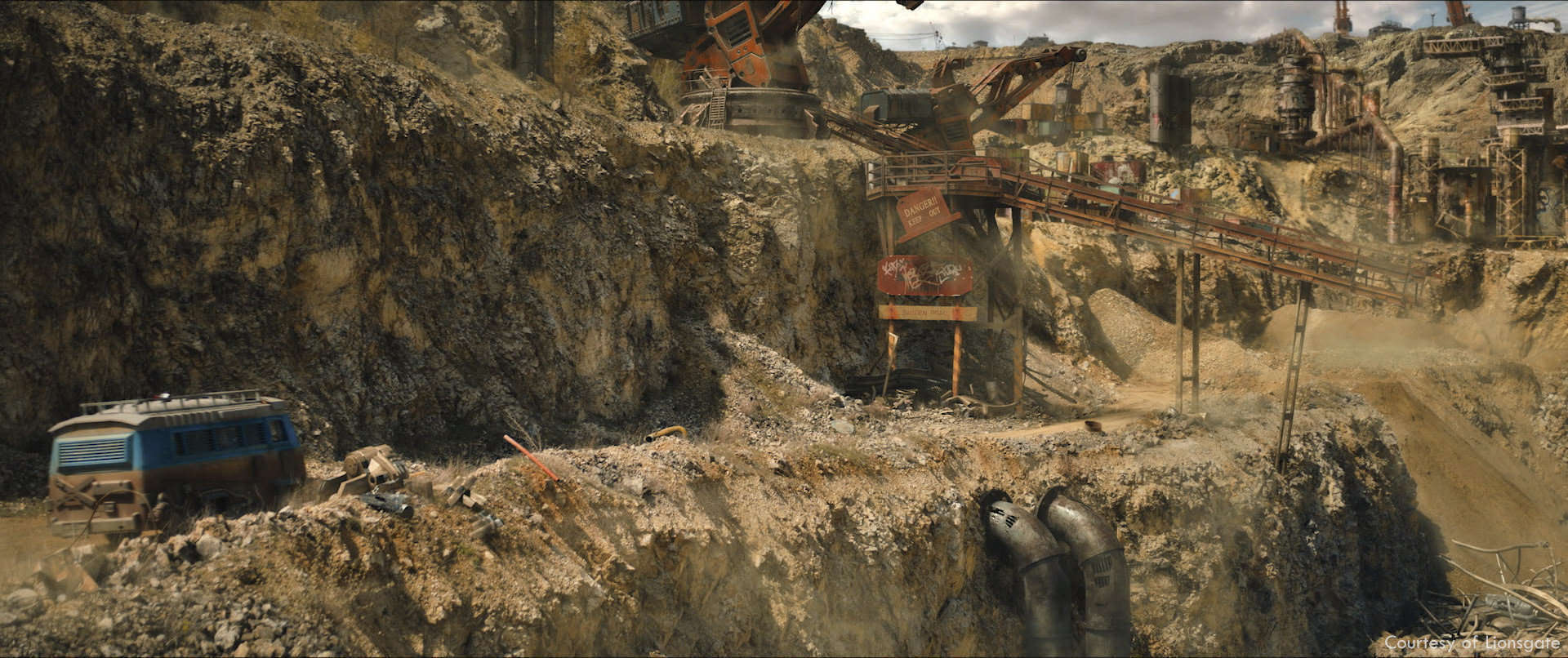
Can you explain the process of creating the desert landscapes of Pandora?
Anything shot in Budapest served as a baseline of reality to enhance… how much it was pushed into “otherworldly” was the subject of a lot of discussions and debate. We went from a more naturalistic look to tweaking it at the end to bring in more fantasy/game elements.
Sometimes when enhancing a real landscape, less is more… you want to do just enough to push it from being earth-like… but we had to balance this with reflecting signature Pandora game landscapes that would be recognizable to Borderlands fans.
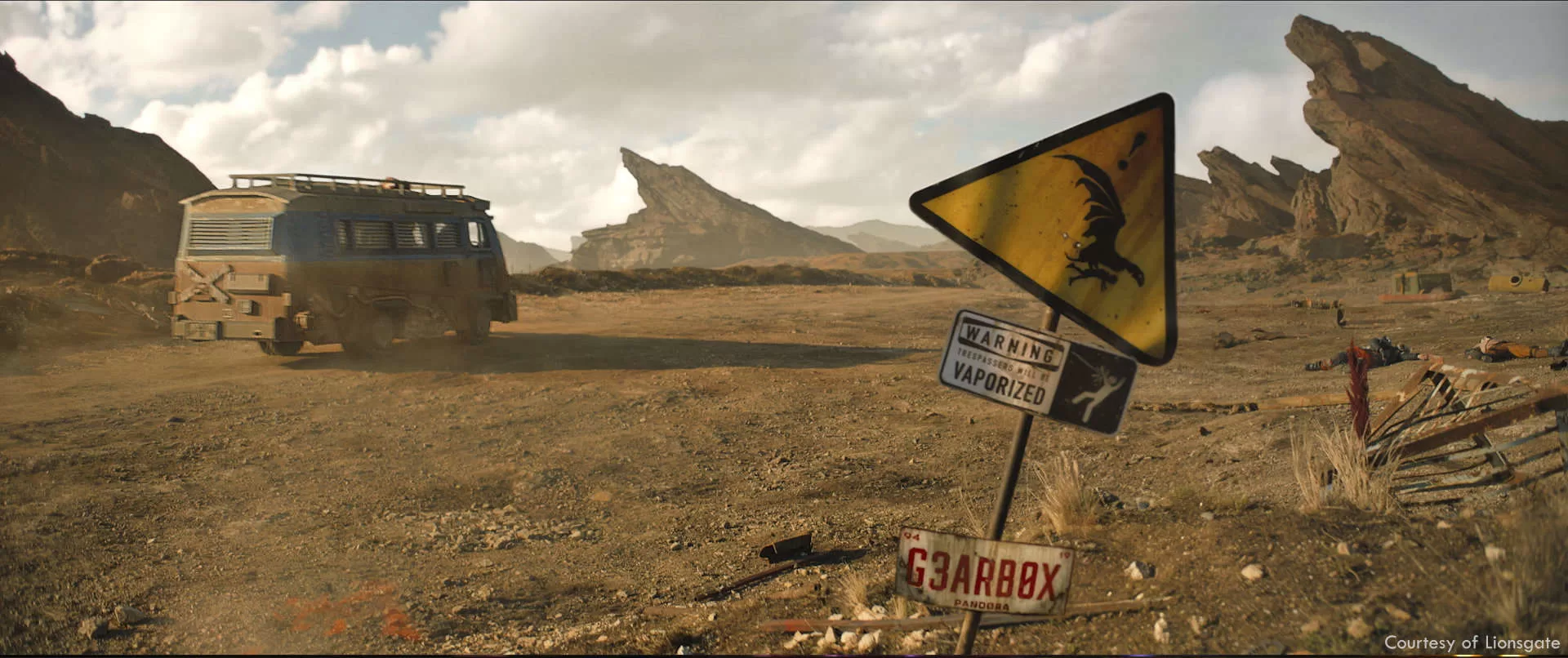
How did you balance realism with the stylized look of the Borderlands universe?
I think from even before I came on, everyone was trying to get design elements from the game into the Borderlands movie as real physical objects. Interestingly, some things don’t translate as well as others, but it wasn’t always predictable what would or wouldn’t work… I think some of our best successes were when we went back to real-world inspiration for game elements, such as the Vasquez area of California, with its iconic jagged rock formations.
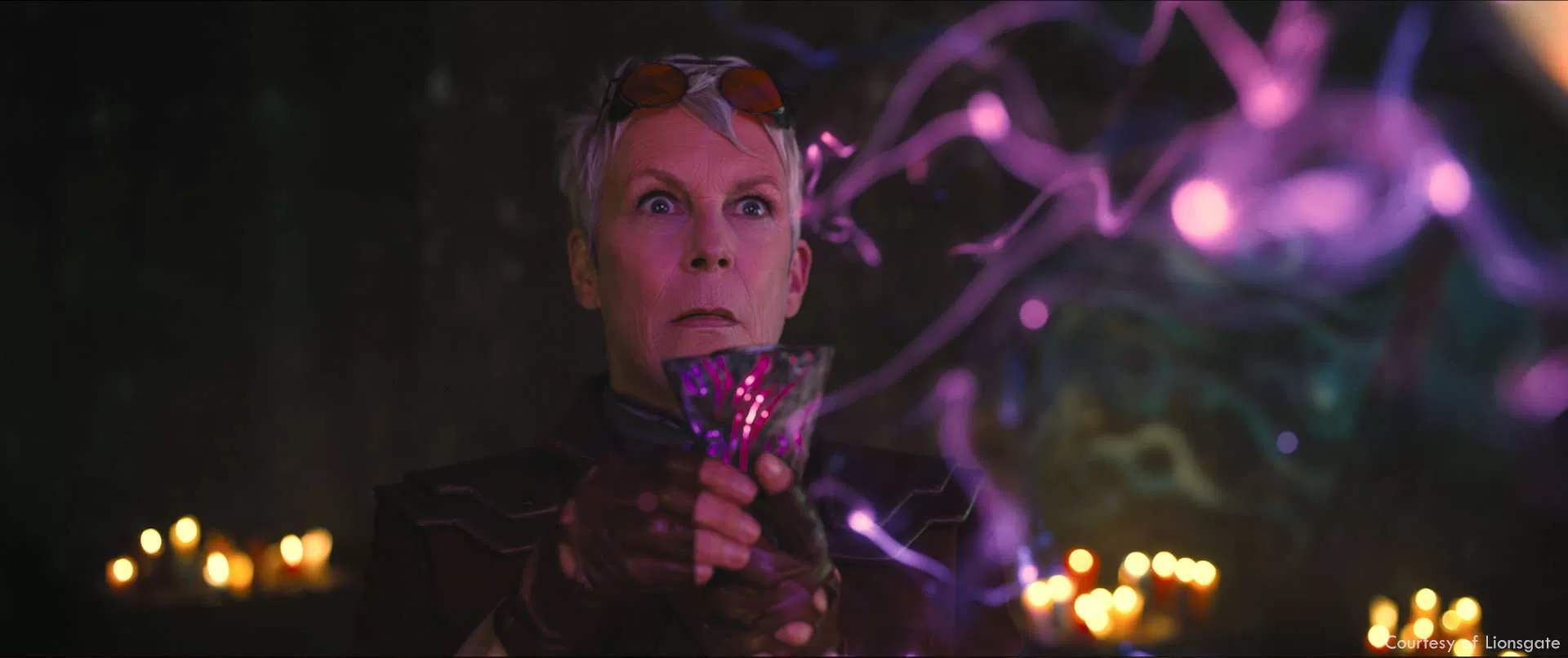
What were the key considerations in designing Claptrap’s visual effects?
Claptrap was comic relief in the movie, and as an annoying sidekick, he was sometimes seen as an afterthought by the other people in the story. We loved him in VFX because he was meant to take some of the seriousness out of the post-apocalyptic style that defines the landscape. I personally wanted to respect the weirder parts of the game as much as possible, and Claptrap was definitely unique and quirky.
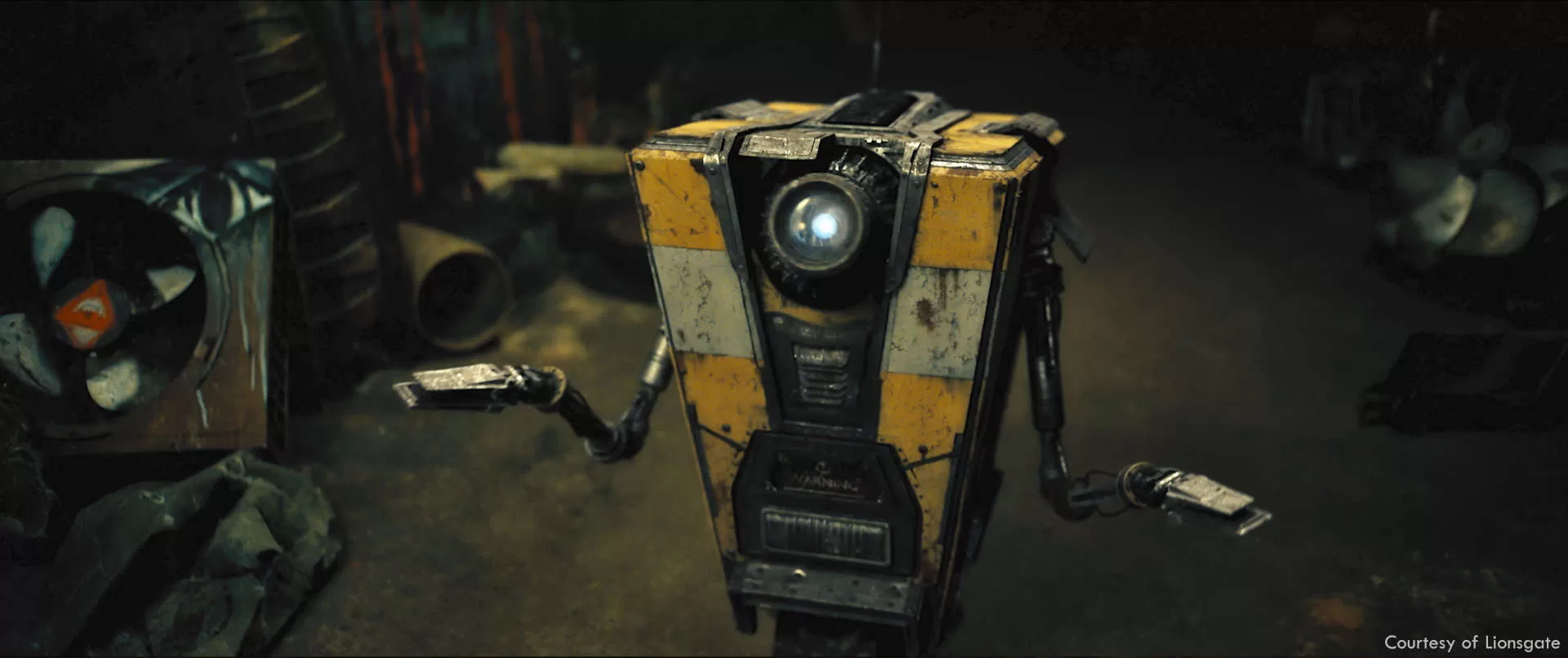
How did you ensure Claptrap’s movements were both mechanical and expressive?
We started with a base of physical balance in the motion, and layered expression on top – a lot of the nuance was done with the arms and hands, but the eyes offered other opportunities to mimic human emotions. We also liked to use the top flaps as eyebrow raises or shoulder shrugs.
I wanted to start from the Illusion of Life “flour sack” animation concept, where simple forms & poses can convey complex expressions. I also wanted to keep it plausible that a mono-wheel robot would not tip over… so he would be constantly compensating for his center of mass.
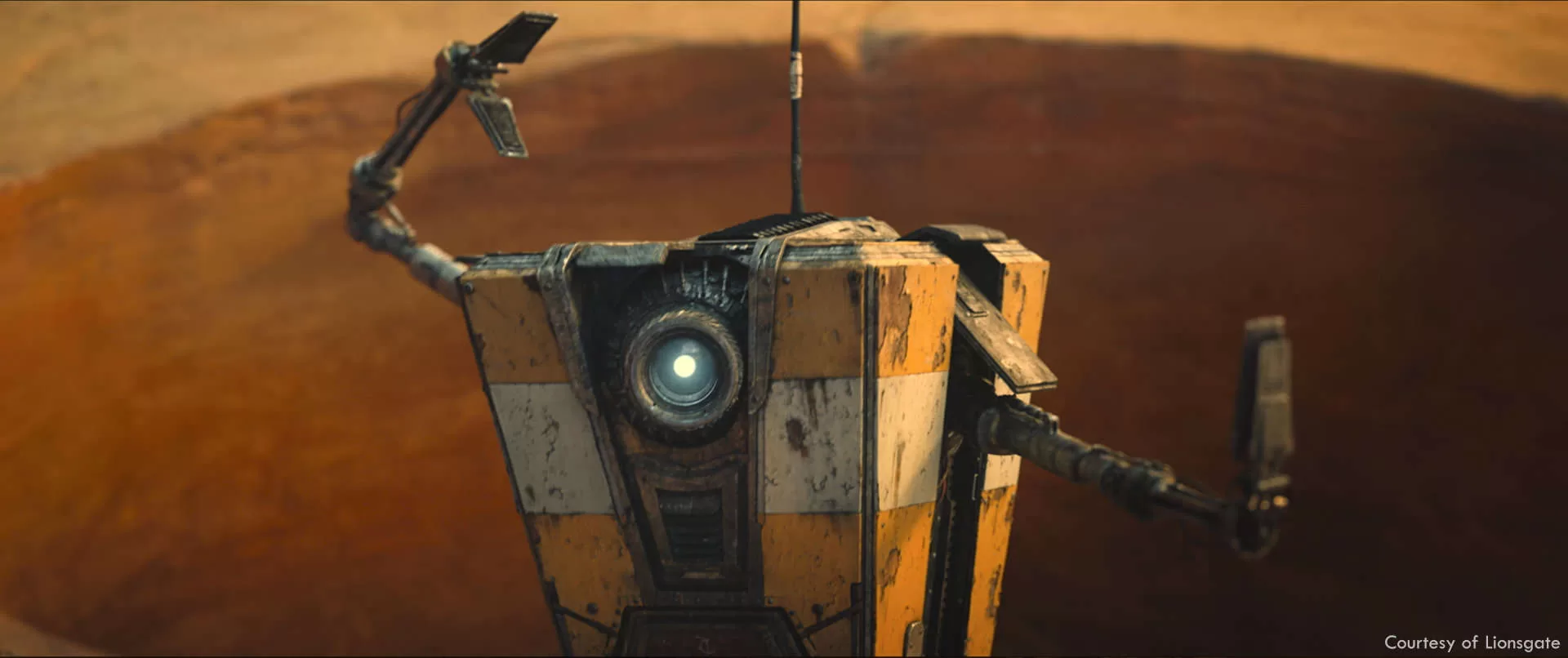
What techniques were used to animate Claptrap’s interactions with the environment?
Mostly Claptrap’s interaction was about moving dirt & pebbles on the ground, and leaving tire tracks.
How did you bring Firehawk’s elemental powers to life on screen?
Firehawk’s powers are meant to be shown harnessing fiery energy to fly & attack. She summons wings that resemble fire when she is flying, and is able to shoot fiery bursts from her hands. Framestore developed a flame base with signature Lilith colors, and layered particle effects on top.
What visual cues were used to represent Firehawk’s control over fire?
We incorporated some of the tattoos that show up in the Gearbox game to indicate that Lilith is in control, and is the source of the power… other than that Cate Blanchett took the lead on poses & physical performance.
How did you ensure Firehawk’s abilities looked visually distinct and powerful?
I was inspired by subatomic particle paths through bubble chambers – it seemed like a nice way to elevate the look of fire… the idea was that Firehawk was able to control energy at a subatomic level…
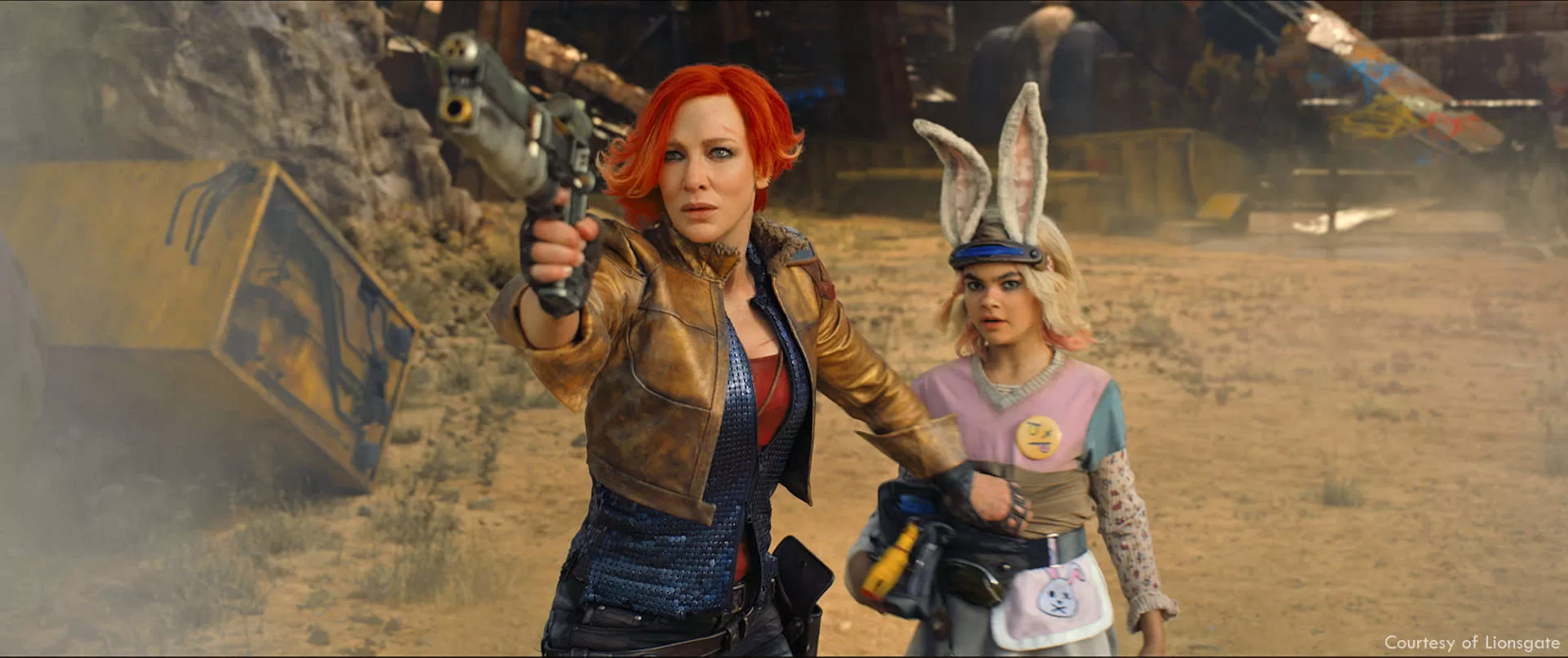
What role did CGI play in creating the creatures of Pandora?
The creature of Pandora are all CGI (just like the ones in the game!)
There was one practical dead Rakk, but it got cut from the movie…
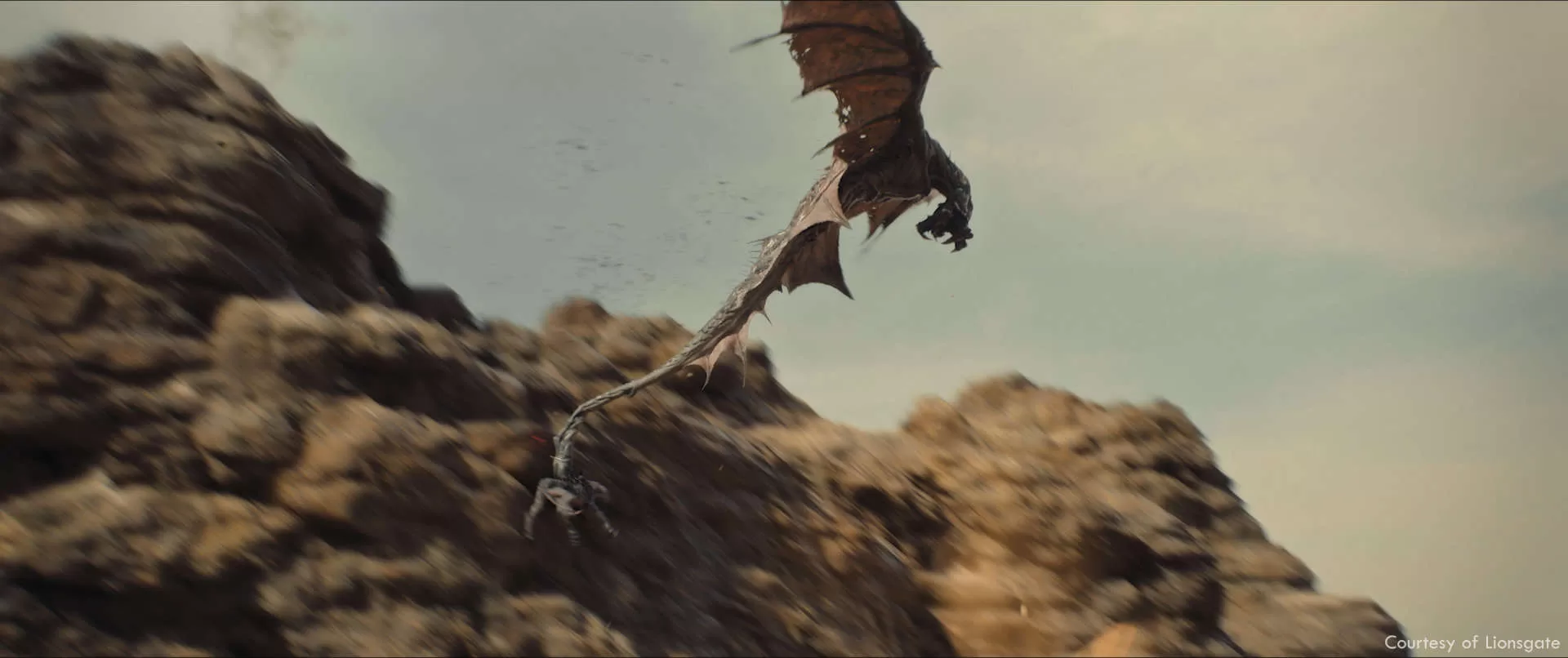
How did you approach creating the Skags and other creatures unique to Pandora?
Admittedly, creatures don’t play as big a part in the movie as they do in the game, but we wanted to give them the same ferocity & desperation that they have in the game. These are hostile creatures that have to survive on a hostile planet.
How did you incorporate practical effects alongside CGI for more realism?
There were a lot of practical explosions on set, and there was a concerted effort to film in real locations in Budapest rather than shooting over extensive blue-screen. We also opted for stunts with face-replacements over pure digi-doubles when possible.
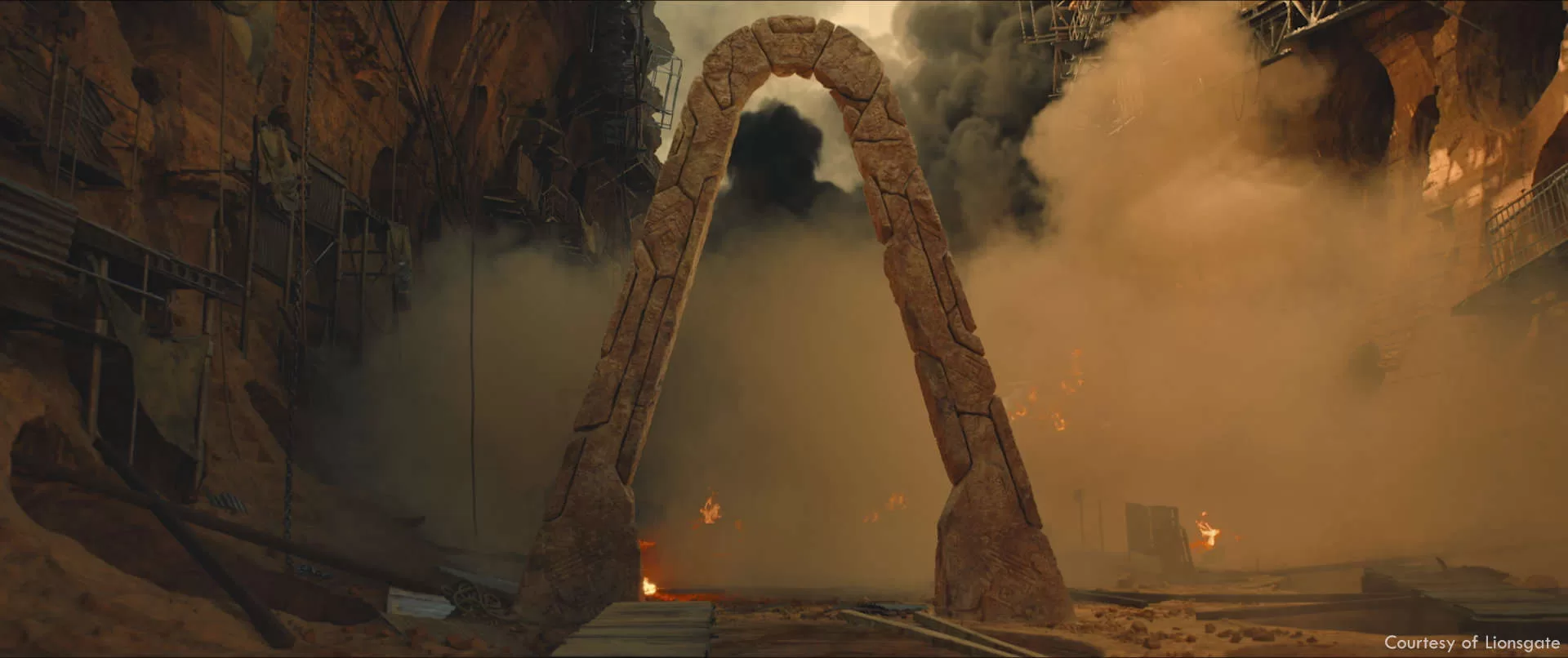
How did you create the dynamic lighting effects on Pandora to enhance mood and atmosphere?
The biggest area where VFX affected the lighting/atmosphere was in Piss Wash… that was an opportunity to use lighting & piss-steam to obscure & art-direct different views. When the stunt Bandits were shot by 2nd unit, I asked for them to be back-lit as much as possible, and then we leaned-into that by making them even more silhouetted when comping into the steamy scenes.
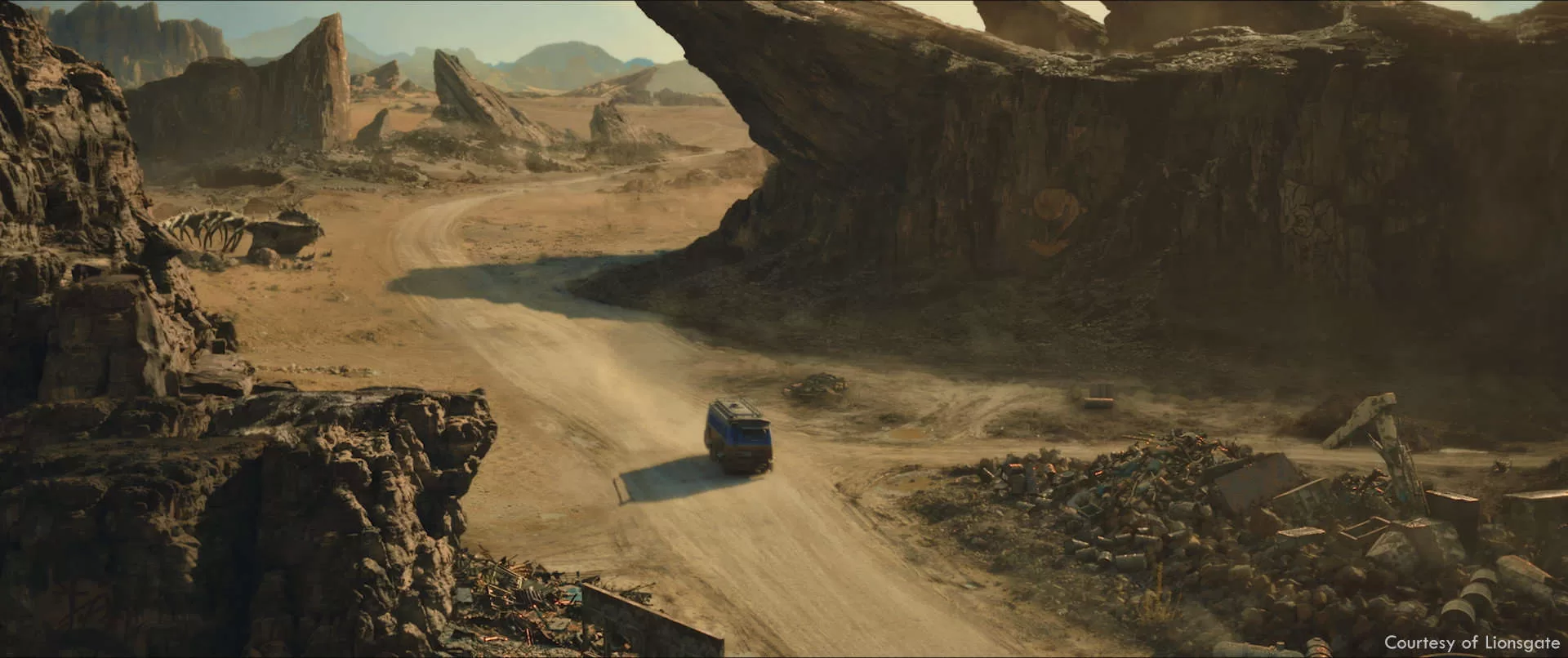
What were the most complex sequences to create in terms of visual effects?
Anything in the final act where the spaceship crashes were incredibly challenging. Balancing action & storytelling there was complex just because of the huge environment & amount of BG action / characters. It was difficult in concept, choreography, FX, lighting, and basically anything else…
Were there any unexpected technical or creative challenges encountered during the production?
The final battle in Kroms Canyon was the only daytime set piece that was shot on stage & not outdoors in sunlight. Because of this, it had a different lighting feel than the rest of the movie… we had to enhance the set with depth & atmospheric things like steam, and come up with a VFX lighting scheme that was coherent with it. Ultimately, we settled on using indirect soft light in the canyon, and left the direct hard-light outside and above the canyon.
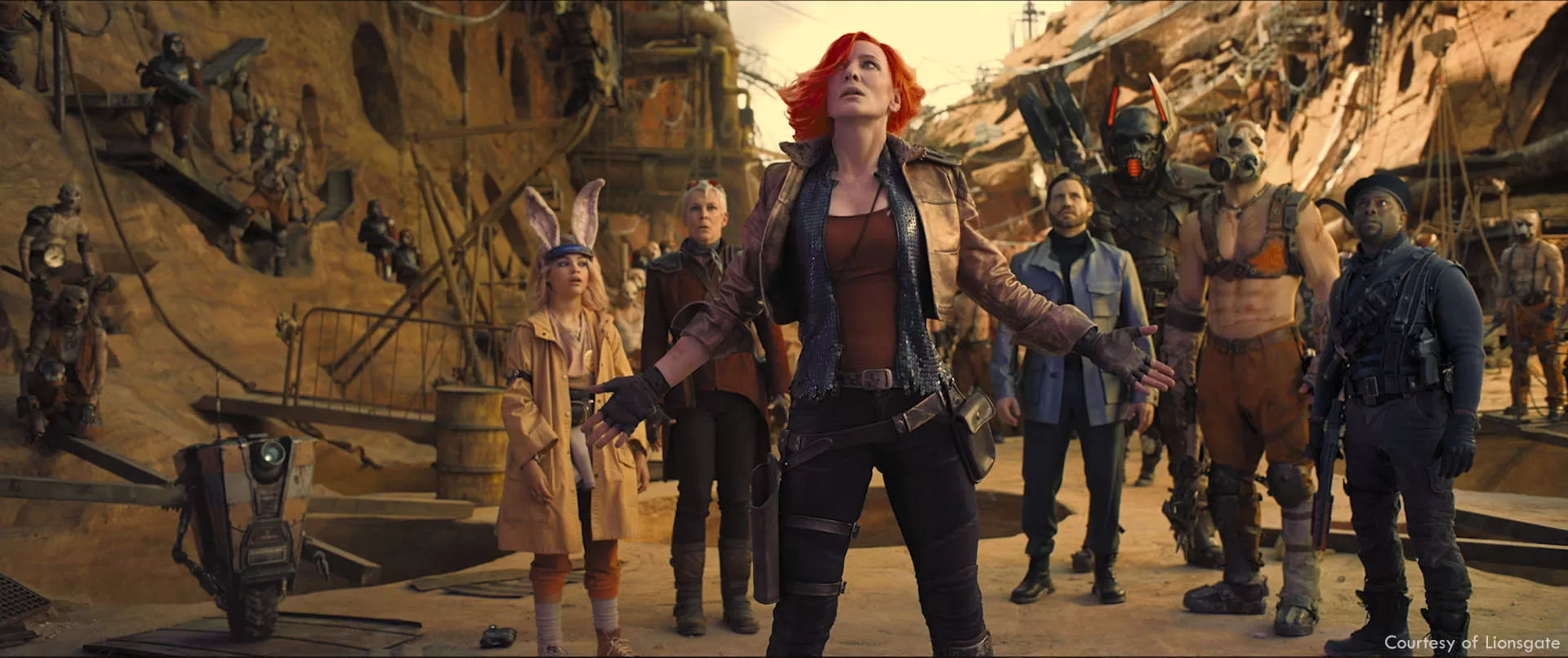
Were there any memorable moments or scenes from the series that you found particularly rewarding or challenging to work on from a visual effects standpoint?
I think all my fondest moments on the show were Claptrap related – that is where I think VFX carried the tone and feel of the game, and he just felt right from the start. As much as everything changed around him, Claptrap always made complete sense to me in the story… and he just made me laugh!
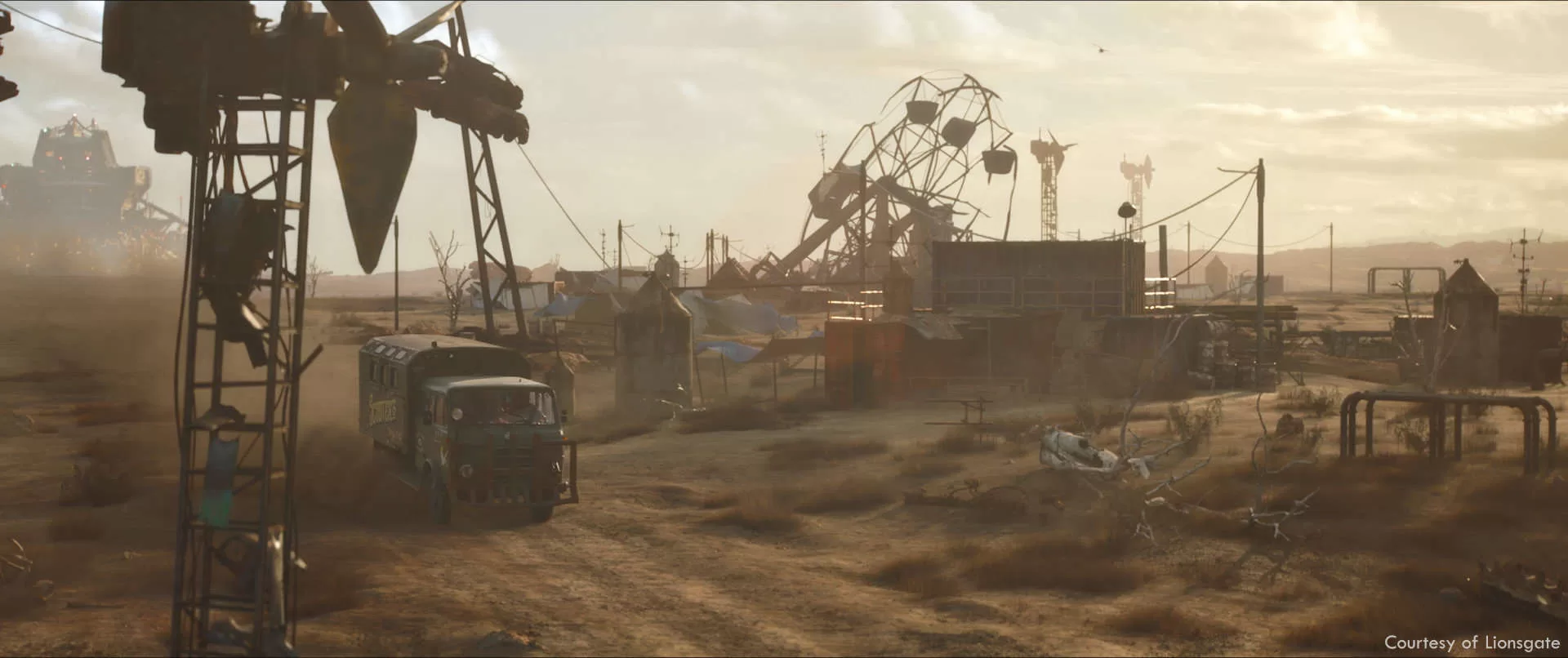
Looking back on the project, what aspects of the visual effects are you most proud of?
I think Claptrap was our biggest success – animating what is basically a box wasn’t easy, but it was an exercise in making the most of animation limitations.
How long have you worked on this show?
I worked from May 2021 to August 2023.
What’s the VFX shots count?
There were a little over 1500 shots… but I’m not sure what the final count was in the last edit.
What is your next project?
I’m in the middle of filming on a big project that I’m really excited about, but can’t talk about it yet!
A big thanks for your time.
WANT TO KNOW MORE?
DNEG: Dedicated page about Borderlands on DNEG website.
Framestore: Dedicated page about Borderlands on Framestore website.
ReDefine: Dedicated page about Borderlands on ReDefine website.
© Vincent Frei – The Art of VFX – 2024




